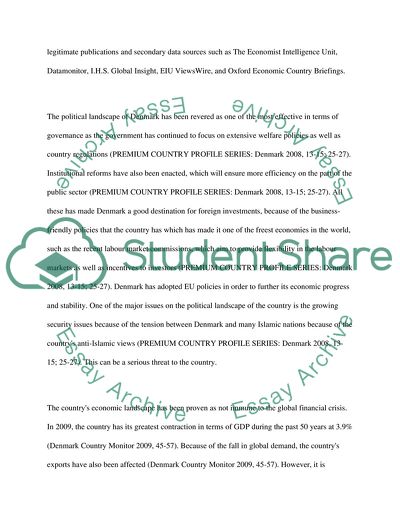Cite this document
(Situation Analysis of International Marketing Environment Case Study, n.d.)
Situation Analysis of International Marketing Environment Case Study. https://studentshare.org/marketing/1728114-situation-analysis-of-international-marketing-environment
Situation Analysis of International Marketing Environment Case Study. https://studentshare.org/marketing/1728114-situation-analysis-of-international-marketing-environment
(Situation Analysis of International Marketing Environment Case Study)
Situation Analysis of International Marketing Environment Case Study. https://studentshare.org/marketing/1728114-situation-analysis-of-international-marketing-environment.
Situation Analysis of International Marketing Environment Case Study. https://studentshare.org/marketing/1728114-situation-analysis-of-international-marketing-environment.
“Situation Analysis of International Marketing Environment Case Study”. https://studentshare.org/marketing/1728114-situation-analysis-of-international-marketing-environment.


